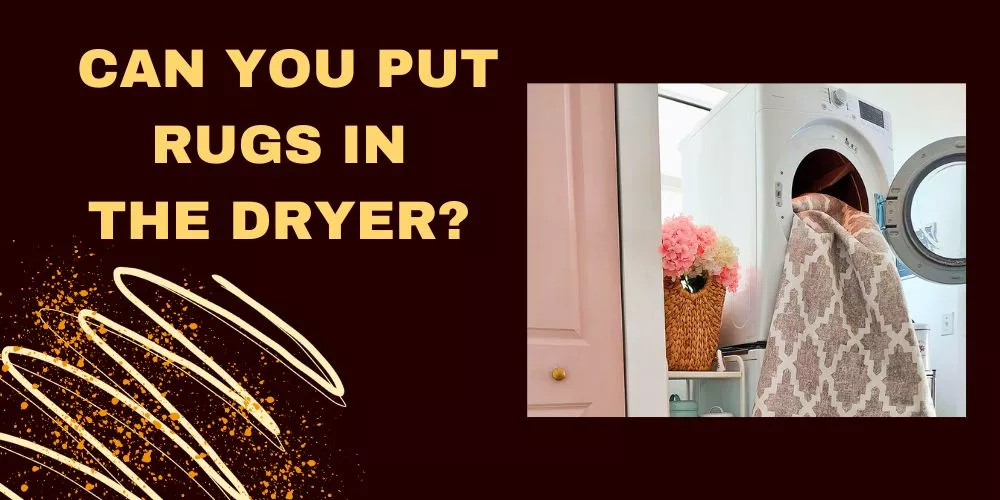Sunlight brightens our rooms. But it brings UV rays too. These rays can harm our health and damage our things.
But, do sheer curtains block UV rays to protect us?
This article looks at how well sheer curtains block UV radiation. We will talk about the materials used and other ways to make them better.
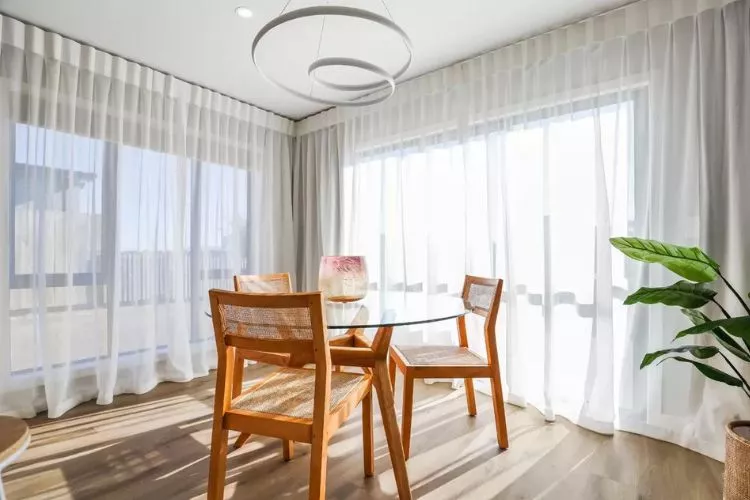
We will also give tips for the best balance between sunlight and protection.
Do sheer curtains block uv rays?
Yes, sheer curtains block UV rays, but not all. Sheer curtains offer some shade against harmful UV radiation. They reduce it, but not fully.
The fabric type in the sheer curtain matters. Some materials block more UV rays than others. Dark-colored curtains or curtains with special UV protection can block more.
But even they do not give full protection. Using sheer curtains with UV window film can help. This combo blocks more UV rays.
But note, while sheer curtains add beauty and let soft light fill rooms, they are not the best for UV protection. Materials like blackout curtains or UV window film are better options for full UV ray protection.
How do I block UV light in my room?
Too much sunlight exposure can bring harmful UV rays into your room. These rays hurt your health and fade furniture.
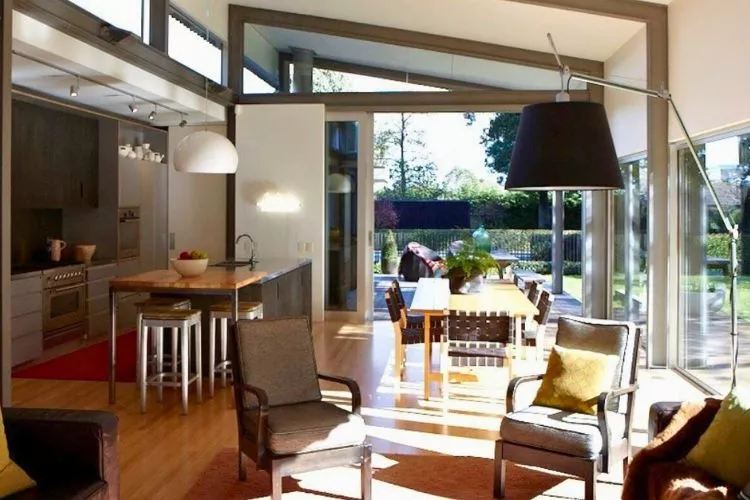
But there are ways to protect against this. Here’s a simple guide to help you block UV light in your room.
1. Use UV-Blocking Window Film
The best way to block UV rays is with UV-blocking window film. This film sticks on your windows. It blocks nearly all UV rays but allows light in. You can find these films online or in home improvement stores.
To install, clean your windows. Cut the film to match the window. Peel off the backing and stick to the window. Smooth out any bubbles.
2. Install Blackout Curtains
These curtains are heavier than regular curtains. They are best for rooms without much natural light. Blackout curtains have a lining that stops all light and most UV rays.
They come in many colors and styles. So, you can find one that fits your room decor.
3. Use Solar Screens
Solar screens replace regular window screens. They block UV rays and reduce heat in the room. These screens make rooms cooler in summer and save energy.
4. Set Up Blinds and Shades
Installing blinds and shades can block UV rays. Shades like Roman and roller can stop all light when closed. While blinds can block light when the slats are closed.
There are blinds with UV protection. These block more UV rays.
5. Add Window Awnings
Window awnings are roof-like shelters. They attach over windows. Awnings are good for windows with direct sunlight.
They stop direct sun but allow indirect light. So, the room gets less UV rays but keeps some light.
6. Use Reflective Window Treatments
Reflective window treatments bounce back the sunlight. These can be films, shades, or blinds. They stop UV rays and lessen heat. Reflective window treatments make rooms cooler but make it darker as well.
7. Plantation Shutters
Plantation shutters are wooden window covers. They have slats you can angle to block or allow light. These block UV rays, protect privacy, and add style.
Each option has pros and cons. Choose based on your room, budget, and UV protection needs. UV light is not all bad. It can help your body produce vitamin D. But too much of it can harm you. So, balance natural light and UV protection in your room.
What fabric is best against UV?
Choosing the right fabric helps block UV rays. Here’s a simple guide to find the best UV-protective fabrics.
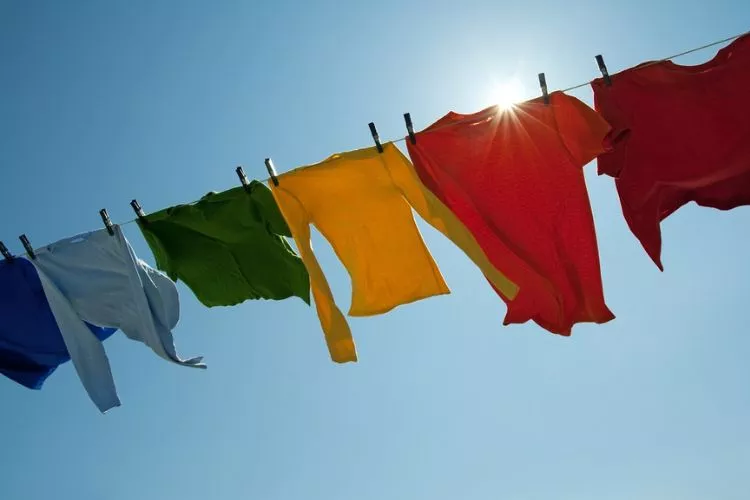
- Tight Weave: Tight weaves have less space between threads. This helps to block UV rays better than loose ones. Canvas and denim are good examples.
- Synthetic Fabrics: Synthetic fabrics are man-made. These include polyester and nylon. They offer better UV protection than natural fibers. They absorb fewer rays and reflect more.
- Dark Colors: Dark colors block more UV rays than light ones. They absorb and block rays better. Blacks and dark blues are great choices.
- Chemical Treatments: Some fabrics have special treatments. They add UV protection. These treatments have Ultraviolet Protection Factor (UPF) ratings. High UPF ratings mean stronger UV protection. Check labels for UPF values.
- Moisture Content: Dry fabrics block UV better than wet ones. Wet fabrics let more UV rays pass through. Keep fabrics as dry as possible for better protection.
- Dense Fabrics: Dense materials can block more UV rays. Felt and suede are great examples. These fabrics have a tight structure.
To choose the best UV-protective fabric, look for one with a tight weave, dark color, and high UPF rating. Synthetic and dense fabrics are also your best bet.
Remember, no fabric can block 100% of UV rays. But these types offer better protection.
What Transparent Materials Block UV Light?
Some transparent materials block UV light. Not all block it in the same way. There are different kinds of these materials.
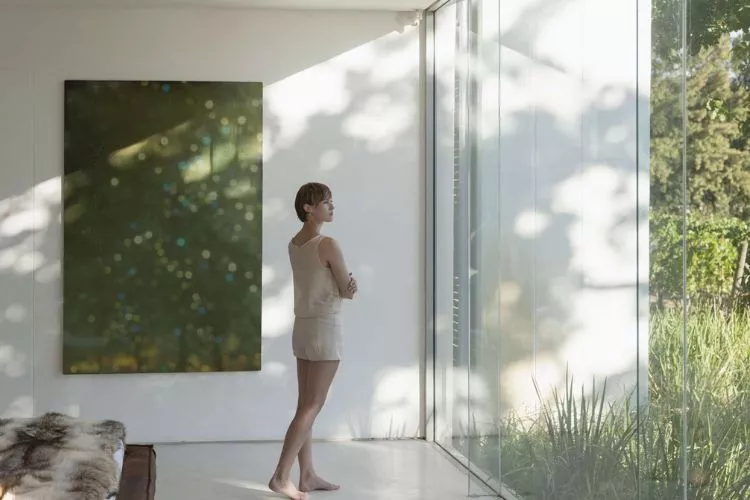
- UV-Blocking Window Film: UV-blocking window film is clear. It blocks most UV rays but lets light enter. It’s easy to use. You stick it on your window.
- Treated Glass: Treated glass has a special coating. This coating shields against UV rays. Most sunglasses have treated lenses.
- Polycarbonate: Polycarbonate is a type of plastic. It is clear. It comes as sheets, films, or molds. It blocks nearly all UV rays.
- Acrylic: Acrylic is another clear plastic. Not all kinds of acrylic block UV though. Make sure to pick the one that does.
Remember, pick the right material based on need and use.
What Color is Most UV Resistant?
Black and dark-blue colors are most UV resistant. They absorb UV rays better than light colors.
This absorption stops rays from passing through. So dark colors provide more UV protection than light ones.
Fabrics in these colors do a better job at blocking UV. Even paint of these colors can offer some protection.
Remember, color is only one factor. Other factors like fabric weave and type also matter.
Conclusion:
In the end, while sheer curtains can block some amount of UV rays, they are far from being the best defense. The delicate material and light-colored design of sheer curtains allow a significant amount of UV radiation to enter the room.
Certain characteristics, such as darker colors or special UV protection treatments, can enhance their effectiveness to some degree.
However, complete UV protection would require other means like UV window films, blackout curtains, or UV-resistant materials.
In essence, while sheer curtains undeniably add a touch of beauty and allow you to savor natural light in your room, for the best UV protection, consider complementing them with other strong UV-absorbing solutions.

